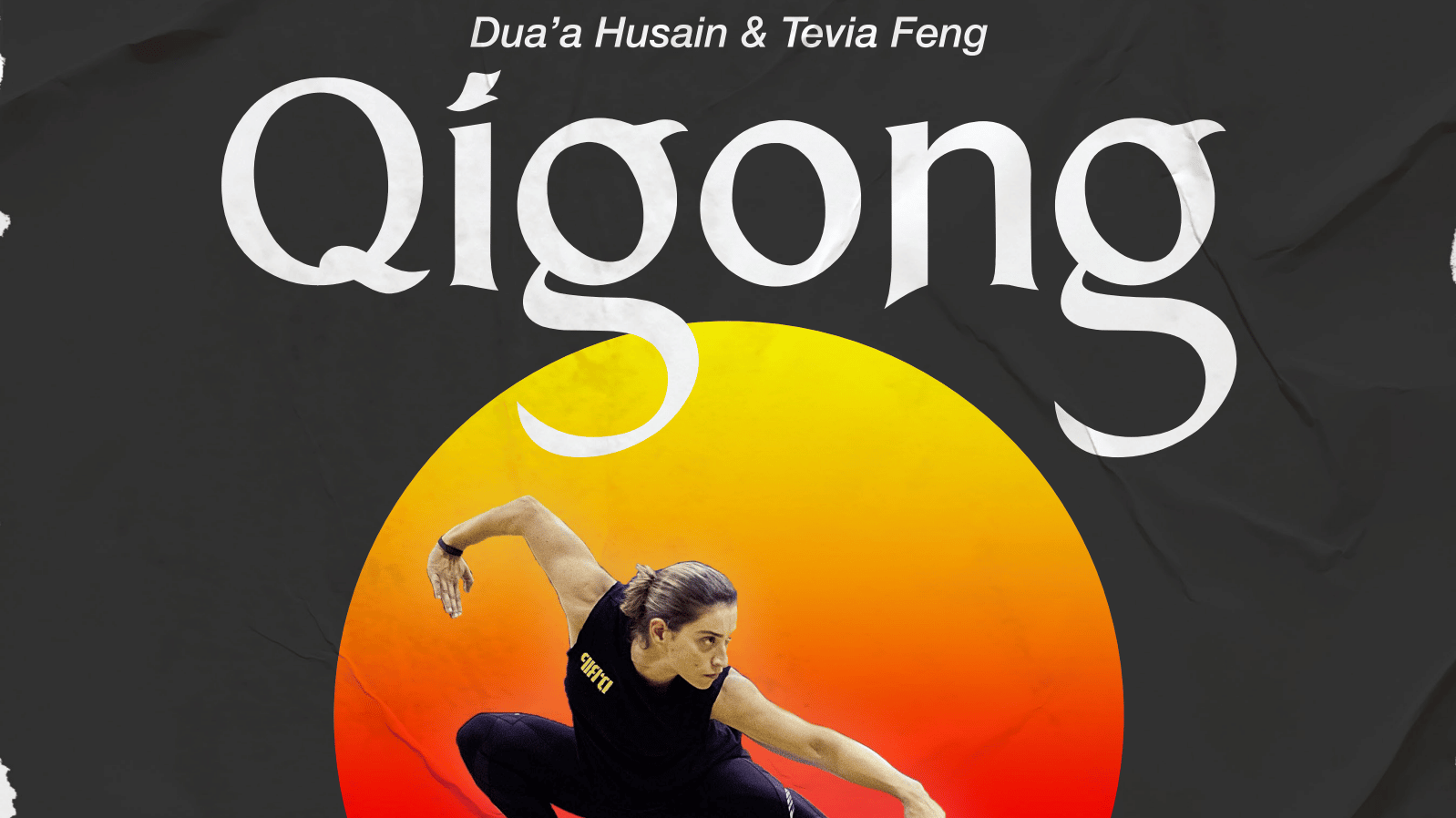
Qigong for Combat Sports
Nov 12, 2021When we talk about Qigong, it does not always connect to Combat sport or martial arts. I tried searching Qigong for combat sport on Google and found that the top 4 most searchable questions are related to the New Qigong for Combat Sports Book Release by Dua'a and Tevia
Let's try to digest and answer the top 4 most searchable questions on Google about Qigong and Combat Sports.

Can Qigong be used for fighting?
Is Qigong a real martial art?
How can Qigong benefit martial artists?
Is Qigong good for self-defense?
The Connection of Qigong to Combat Sport and martial arts
For us to really understand the connection between Qigong and Combat sports, we need to check the history and background of Qigong. Firstly, we need to get to the root of Qigong and how it relates to Combat Sports. We all know that Qigong has been around for more than 2000 years ago. This has been practiced for different purposes. Going deep on my research I found that ancient people used Qigong in 2 different ways. The Medical Qigong and Martial arts Qigong. The medical qigong is used for healing and alternative therapy while Martial art Qigong is for Combat training. There are more than 1000 different styles of Qigong. These are used for alternative healing, meditation, exercise, and yes, training for martial arts which leads to the questions on our list.
Connect the dots: Qigong to Combat Training
Combat or fighting training is a must in ancient times. Historically, we see warriors are trained from an early age and sworn to protect the king and the kingdom with their life. This is true not just in China but throughout the kingdoms around the world. The warrior's knowledge is passed on to generations to continue the lineage of warriors. Since that era has long passed and we move on to a "friendly fighting" or competition using the techniques we learned from our ancestors. This is how we came to practice different martial arts today. Qigong is one of the training methods. Qigong plays a vital role in Chinese Martial arts.
Martial Arts of Qigong
According to ancient practices, there are 2 different styles of Chinese martial arts, the internal and external styles. The styles somehow relate to each other but there is no direct distinction between the two since both used Qigong techniques as a base. The Internal Martial arts, Neijia (內家) is a group that is the backbone of training the "qi" from the inside of the body. This means that warriors use Qigong to prepare their spiritual and mental health first before the physical body. The Shaolin Kung fu style was one of the first official Chinese martial arts practices. Kung fu is also related to wushu which literally means "Martial arts". "Wu" means "martial or military" and "shu" method, skills. The External Martial arts of course is training the physical body to reach optimum strength and agility. Physical training includes fast reflexes, fast and explosive movements.
Qigong in Combat Sports in Ancient times
Neijia practices neijing which literally means "internal martial art". This is developed by practicing Neigong, a set of Daoist practices relating to meditation, breathing, and stillness. This is truly the opposite in Waigong, which trains the physical body to attain strength. One example of an external style is Shaolinquan. This technique uses brute force, muscle strength, and the body's ability to move dynamically. However, the external style integrates Qigong practices to help them move quickly, develop the reach of motion effectively and use the skill as an advantage during fights.
Martial Arts to Combat Sports
In Chinese tradition, the tribal rebels used "jǐao dǐ" to defeat the Yellow Emperor, Huangdi, (2697 BCE), and that shed light on Combat sports. Chiyou, the rebel leader was known to develop and use the practice of jiao di or horn-butting during the clash. This involves a lot of wrestling and grappling actions that later lead to Shuai jiao. Later, the practices evolve to dynamic movements, techniques such as strikes, throws, joint locking, and pressure point attacks, and blocking. This evolution of grappling and clashing brought forth different styles of Chinese wrestling. Jiao Di became a combat sport during the Qin Dynasty (221–207 BCE) and became part of the Chinese culture and tradition.
How does Qigong Connects with Combat Sports
Both internal and external Chinese Martial art styles like Taijiquan, Baguazhang, Xingyiquan, kung fu, Shaolinquan, and others are the roots of the Combat sports we have now. By tradition, most Chinese martial artists were secretly passing and teaching the practice. Only around 100 years ago was it open to the public to know. However, some styles are still secretly pass-on in remote mountains by monks, hermits, and tribesmen.
Combat Sports in Qigong lens
One can cultivate "qi" through stillness and second, we can transfer "qi" through motion. Both practices use Qigong as the base of practice. For example, in Dua's book, she mentioned the use of the forms of Zhan Zhuang and 5 Animal Qigong.
- Zhan Zhuang of Standing Qigong (rooted from internal kung fu style) - The goal of Zhan zhuang in martial arts is to develop a "martially" capable body and mind. This form will tap on to our Central Nervous System and develop the harmonize flow of the body. Dua'a used this form to prepare the body as well as heal the body after combat.
- 5 Animal Qigong (Wu Qin Xi qigong) (rooted from external Kung fu style ) This practice involves fluid-like movements that graceful mimics the actions of some animals. Crane Qigong is one of the animal forms that is both present in 5 Animal Qigong and 5 Elements Qigong. In the book of Qigong for Combat Sports, Dua'a relates the movement of Crane with grace and power in the form Crane soars and descend. This form promotes balance while engaging fascia and muscles on the back.
Qigong for Combat Sports Round Up
In conclusion, qigong integrates physical postures, breathing techniques, intention, and nurturing Qi. This can be useful in training in martial arts and self-defense. The backbone of Qigong is "qi" and it is applicable in healing, martial arts, meditation, biohacking, strength, and more. Qigong utilizes the energy in our bodies to help martial artists recover and prepare for a fight. White Tiger Qigong offers this holistic approach of the ancient practice that integrates with modern science. White Tiger Qigong usher Dua'a's self-discovery of the life practice that she was missing for a long time.



